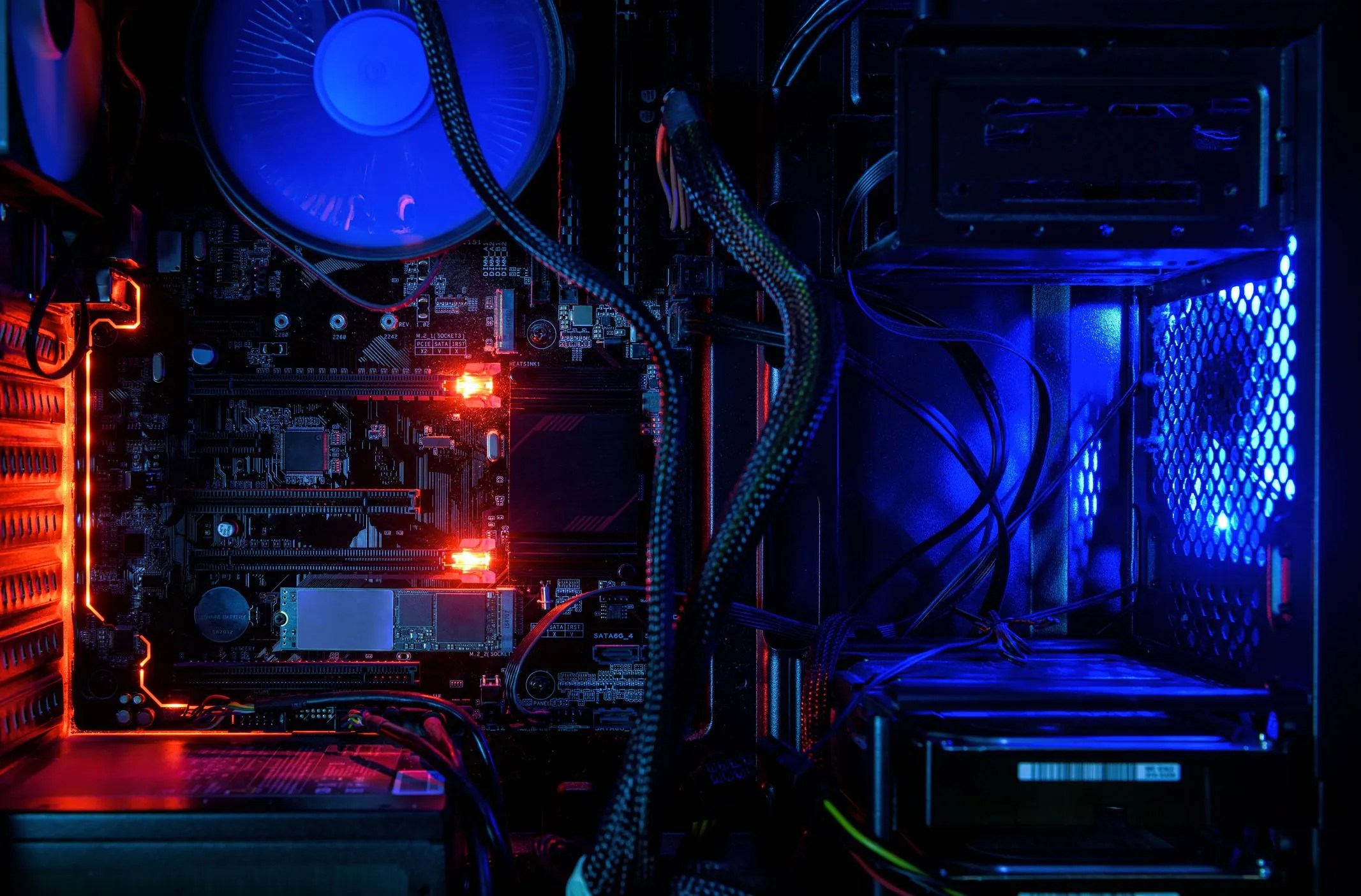What the Red Light on your Computer’s Motherboard Means
This article explains what the red light on your motherboard means and also gives some troubleshooting tips to solve the issue.
Author:Daniel BarrettAug 03, 202225886 Shares892629 Views

This article explains the red light on your motherboard and gives some troubleshooting tips to solve the issue.
Are you seeing a red light on your motherboard, and you’re sure it wasn’t there before? A red light on your motherboard means internal hardwareis either plugged-in incorrectly or not working.
Since not all motherboards are the same, the best way to troubleshoot this is to bring out your board’s instruction manual.
If you did not keep the instruction manual that came with the box, you could probably download a copy from the manufacturer’s website.
How to Read a Red Light on a Motherboard
Newer boards have four main indicators, and the red light will be next to each label. Those are:
- BOOT: A red light near the BOOT indicator means something is wrong with the boot devices, which would be the hard drive. More specifically, it’s the hard drive where the OS is stored.
- VGA:A red light near the VGA or GPU indicator means the graphics card is not detected or seated correctly.
- DRAM:A red light near the DRAM indicator means that a RAM module is not seated correctly.
- CPU: A red light near this indicator means the motherboard does not recognize the CPU, which could mean many things. The CPU might not be plugged in correctly, or one of the pins is bent. It could also be the CPU fan is not plugged in. Finally, a dead CMOS battery can also cause the red light to trigger.
How to Troubleshoot Red Light Errors on a Motherboard
These steps apply to all motherboard models, including older boards without labeled LED indicators.
Check BIOS Settings
Most of the time, it’s a jumper that you can short (by plugging in a jumper). The basic input/output system (or BIOS) is the first program your CPU runs to start the whole computer system right after pressing the power button. This is the program you use to manage data exchange between the OS, storage drives, display adapter, keyboard, mouse, and printer.
You may have played around with several BIOS settings, which could have caused your computer not to boot up properly and turn up a red LED.
Refer to your motherboard manufacturer’s guidebook and look for instructions and diagrams about resetting the BIOS to fix this issue.
The diagrams will show you where to look for a reset switch to bring all BIOS settings back to default. Also, you can take out the CMOS battery and put it back only after more than five minutes. Doing this will wipe out all of your inputs on the BIOS and reset its default parameters.
Replace the CMOS Battery
A dead battery will trigger a red LED indicator, leaving you pulling out your hair. You may even consider trying this first before anything else.
Although a CMOS battery can typically last up to 10 years, you can end up draining one depending on how often you use your computer.
Remember, the onboard BIOS only uses the battery whenever the computer is turned off, so the CMOS battery can last longer if you use your computer regularly. Still, you don’t have to worry about changing the button battery because it is cheap and easy to replace.
If All Else Fails
Disconnect and unplug all hardware starting with the GPU, any hard drives, the RAM, and the CPU. Check the connectors and pins for damage. Grime and dust may build up on old motherboards and can cause problems. You can remove it by carefully cleaning the connectors with a soft pencil eraser. You should also remove all external peripherals, including the mouse, keyboard, external drivers, printers, and ethernet cable.
Also read:

Daniel Barrett
Author
Latest Articles
Popular Articles